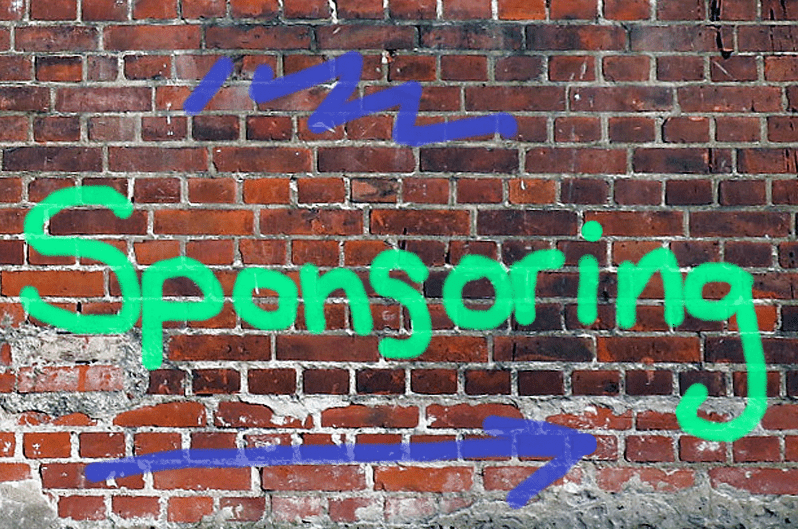What Disclosure Is Required By Rule 15c2-11?

Rule 15c2-11 under the Securities and Exchange Act of 1934 (Exchange Act) governs the submission and publication of quotations by brokers and dealers for OTC equity securities. Specifically, the rule applies to a broker-dealer’s initiation or resumption of quotations for such securities. Pursuant to the Rule, brokers and dealers are required to review and maintain specified information about the issuer of the security before publishing a quotation for that security. Rule 15c2-11 requires specified disclosures be submitted to the Financial Industry Regulatory Authority (“FINRA”) by the issuer’s sponsoring market maker on Form 211 before initiating quotations of a security. Any company seeking quotation of its securities should consult with a qualified going public attorney to discuss FINRA’s disclosure requirements.
Sponsoring Market Makers
In order to use Rule 15c2-11 in a going public transaction, the private company must locate a sponsoring market maker to submit the Form 211 application to FINRA on its behalf. FINRA may render comments to the Form 211 application which the sponsoring market maker and private company must respond to.
Rule 15c2-11 requires that the company have current public information available before the market maker can quote the security. The information required in the Form 211 satisfies the current public information requirement of Rule 15c2-11.
Form 211 requires, among other things, the following disclosures:
● Whether any officer or director of the issuer had any regulatory action taken against him/her by the SEC, NASDAQ, NYSE or other securities-related regulatory agency and whether any officer or director of the issuer has been convicted of any felony charges within the prior 5 years;
● Detailed description of the issuer’s business, products/services offered, assets and sources of revenue;
● Description of the company’s facilities including the location, square footage and whether owned or leased;
● Identification of officers, directors and holders of more than 5% of the company’s securities;
● Certificate of Incorporation and bylaws including any amendments;
● Current transfer agent generated shareholder list, indicating name and address of each shareholder, the number of shares owned, date of share ownership, and whether the shares are restricted, control, or free trading;
● Description of the company’s free-trading shareholder base, including a description of exemptions from registration under the Securities Act;
● Agreements creating restrictions, liens or encumbrances on, or relating to, the transfer or voting of shares;
● Agreements evidencing stock rights, warrants or options;
● All stock purchase or asset purchase agreements for last five (5) years;
● Disclosure of whether the company has entered into any discussions or negotiations concerning a potential merger or acquisition candidate;
●Merger and/or consolidation agreements;
● Partnership and/or joint venture agreements;
● Unaudited financial statements for the last 2 fiscal years and interim periods;
● Details of all private offerings including who solicited investors, how they were known to the solicitor, and how many individuals were solicited, and whom did not purchase;
● One full copy of the subscription agreement executed by each investor and copies of all checks from the subscribers or other proof of payment;
● Copies of Form D filed with the SEC;
● Description of all relationships among and between every shareholder and the issuer, its officers and directors, and other shareholders;
● A statement indicating whether any person or entity has control, written or otherwise, of the sale, transfer, disposition, voting or any other aspect of the shares listed on the shareholders list other than the shareholder;
● A detailed business plan, which includes a detailed chronological account of each and every step the issuer has taken in furtherance of its stated objective since inception;
● A description of the steps the Company plans to take during the next year in furtherance of its business plan, including the activities in which the Company plans to engage, the names of the persons who will conduct these activities, and the expected dates of these activities;
● A description of any future financing plan;
● Any material agreements or letters of intent entered into by the Company;
● Schedule of all material patents, trademarks, trade names, service marks, and copyrights; and
● Legal opinion from company‘s securities lawyer as to tradability of the free trading shares.
Once FINRA is satisfied that the disclosures satisfy the requirements of Rule 15c2-11, it will assign a trading symbol and the Market Maker can quote the company’s securities. Once this occurs, the securities of the private company going public are quoted by the OTCMarkets OTC Link. Once the sponsoring market maker has published quotations for the company’s securities for at least 30 days, other market makers can publish quotations for the security.
For further information about this securities law blog post, please contact Brenda Hamilton, Securities Attorney at 101 Plaza Real S, Suite 202 N, Boca Raton, Florida, (561) 416-8956, by email at [email protected] or visit www.securitieslawyer101.com. This securities law blog post is provided as a general informational service to clients and friends of Hamilton & Associates Law Group and should not be construed as, and does not constitute legal advice on any specific matter, nor does this message create an attorney-client relationship. Please note that the prior results discussed herein do not guarantee similar outcomes.
Hamilton & Associates | Securities Lawyers
Brenda Hamilton, Securities Attorney
101 Plaza Real South, Suite 202 North
Boca Raton, Florida 33432
Telephone: (561) 416-8956
Facsimile: (561) 416-2855
www.SecuritiesLawyer101.com






